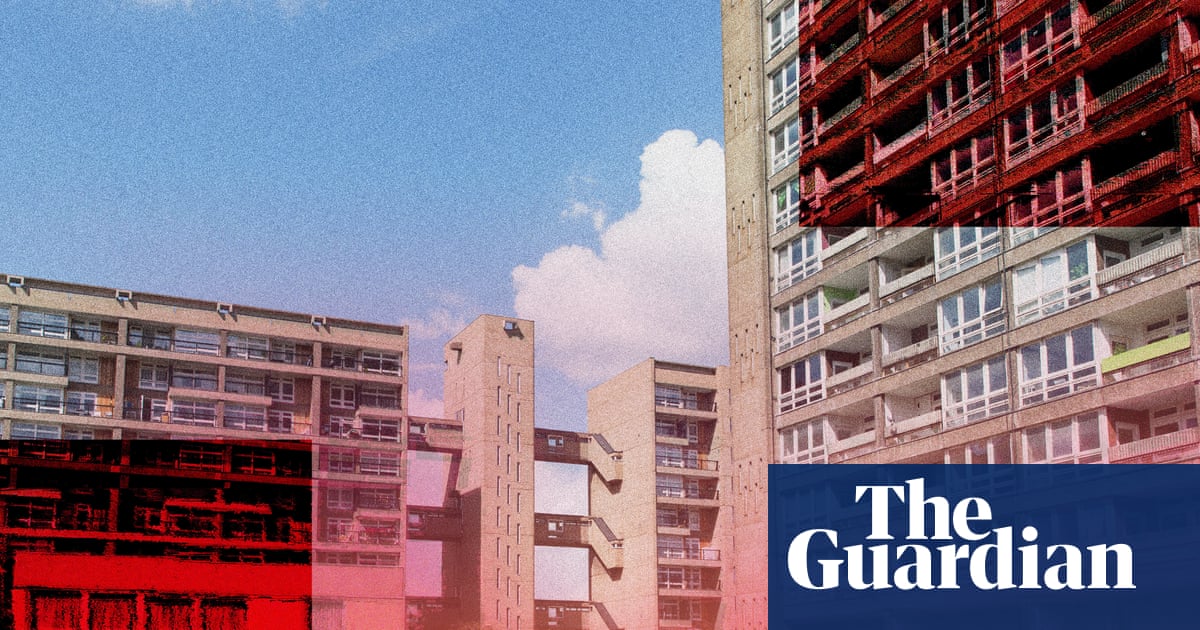- Dwelling On It
- Posts
- Homes on the Frontline: Adapting London’s Housing to a Harsher Climate
Homes on the Frontline: Adapting London’s Housing to a Harsher Climate
Climate change starts at home, so does resilience.

London is at a crossroads. Its housing stock, a reflection of the city’s history and diversity, is now facing unprecedented threats as the climate crisis accelerates. The London Climate Resilience Review (LCRR), published in July 2024 and led by Emma Howard Boyd, delivered a stark warning. Homes across the capital are dangerously underprepared for a future of extreme heat, flooding, drought, subsidence and even wildfires. With these shocks becoming more frequent and more interconnected, housing resilience has become one of the city’s most pressing urban challenges and one of its greatest opportunities. |
The Housing Dimension: Built Environment and Subsidence |
Of the seven critical sectors analysed by the LCRR, the built environment stands out for its direct impact on health, infrastructure and livelihoods. During the heatwave of 2022, when temperatures reached 40°C, London’s transport network warped under the strain, hospital IT systems failed and energy infrastructure struggled to cope. That event was a preview of the challenges ahead. By 2030, nearly half of London’s properties – particularly those built on clay-rich soils – could face higher risk of subsidence. Clay contracts in prolonged heat and dry weather, undermining building foundations and creating long-term structural issues. Addressing this will require more targeted structural assessments and proactive support for affected homes. |
Flooding Risk: Urban Gardens and Impermeable Design |
Flooding remains an ever-present danger, made worse by the way many urban areas have been designed. The LCRR highlights how paved-over gardens and other impermeable surfaces contribute to surface water flooding. The report suggests measures such as charging homeowners who concrete over gardens and offering incentives to green these spaces again. Expanding the use of Sustainable Drainage Systems (SuDS) and green corridors could not only reduce flood risk but also restore biodiversity and improve the city’s resilience. |
The Human Toll: Equity, Health and Adaptation |
Climate hazards do not affect everyone equally. Low-income households, renters and care home residents are often the most exposed to overheating, damp and energy insecurity. Many live in poorly ventilated buildings without the means to adapt. Building a climate-resilient housing strategy must place equity at its heart. This could mean embedding climate adaptation into social housing policy, strengthening rental standards and ensuring vulnerable residents receive targeted support during heatwaves and other emergencies. |
Urban Planning Gaps and the London Plan |
Proposals to expand the London Plan into greenbelt areas risk making the urban heat island effect worse unless climate adaptation is built into every stage of new development. Experts, including those at the LSE Grantham Institute, warn that failing to integrate the LCRR’s recommendations into planning will heighten risks for marginalised communities and put greater strain on critical urban systems. |
What Can Be Done: Policy and Practical Solutions |
London’s route to climate-resilient homes needs to be both evidence-based and wide-ranging. This could include: |
· Updating planning and building regulations so that all new developments and major retrofits incorporate shading, reflective materials, passive cooling and effective ventilation. · Supporting retrofits for at-risk homes, particularly older properties and social housing, with measures such as improved insulation, green roofs and drainage systems that can withstand drought conditions. · Expanding natural infrastructure, including SuDS, green corridors and garden-based interventions, to reduce flood risk and increase greenery. · Taking a whole-system approach so that housing policy is aligned with climate planning, subsidence monitoring and emergency preparedness, backed by clear methods for tracking progress and investment. · Ensuring adaptation measures reach those most in need, with dedicated support for renters, low-income households, older residents and care home occupants. |
Summary Table |
Housing Threat | Recommended Response |
Subsidence | Structural assessments, soil monitoring, retrofit support |
Overheating | Passive design, shading, improved ventilation |
Surface Water Flooding | Garden greening, SuDS, public drainage upgrades |
Inequality of Resilience | Targeted funding, local adaptation plans |
Urban Planning Gaps | Embed resilience in the London Plan and housing policy |
Conclusion: Towards a Climate-Ready Urban Home |
Resilience must be woven into every stage of housing policy – from planning and construction to retrofitting and tenant support. With the right investment and focus on fairness, London can transform its homes from points of vulnerability into sources of strength. A climate-ready housing strategy would not only protect residents but also strengthen communities and safeguard the city’s future. The task is urgent, and the message is clear. London’s resilience begins at home. |


